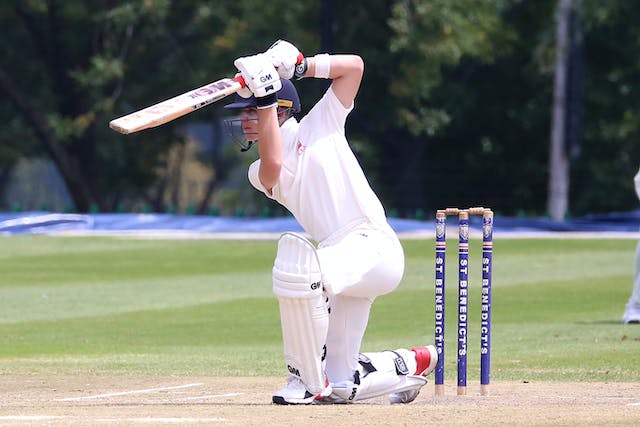Cricket is one of the most popular games in the world and is beloved by people of all ages. Cricket lovers are at the edge of their seat while watching a cricket match, waiting to see what will happen next. There are countless cricket buffs who know and understand the rules of the game very well and so can follow every ball and wicket with interest. However, beginners who have just started watching cricket often find it difficult to understand and follow everything that is happening on the cricket field.
We therefore present a cricketing guide to help beginners and cricket lovers alike understand and follow the game, and get the maximum enjoyment from watching this popular sport. Check out the top leading cricket stores melbourne where you can purchase premium cricket items.
Team Formation
Cricket is played between two teams with 11 players in each team, each with different types of players. Each team has batsmen, bowlers and all-rounders according to each player’s expertise. The cricket team also has a 12th man who is known as the gopher. This player is kept on stand by and will play only if one of the fielders has to leave the cricket field, because of an emergency for example.
Equipment
The following equipment is needed to play cricket:
- An area of flat ground
- A round ball
- Two bat
- Stumps
Additionally, cricket players wear protective gear such as pads and a helmet to protect themselves from injury on the cricket field.
Types of Cricket Matches
These days, there are various types of cricket matches played internationally. You can stay up to date with the latest cricket matches and your favourite cricket teams through various online cricket communities. With so many different tournaments and competitions, there’s always something exciting happening in the international cricket world!
1. Test Cricket
Test cricket matches are played over five days and are made up of two innings for each team. One inning is completed when 10 out of 11 batsmen are out. The team that earns the greatest number of runs over all four innings will win the match. Test cricket is the traditional format of the game and is a thrilling mix of drama, strategy, and suspense.
2. One Day
As the name suggest, One Day matches are played within one day only. This match is made up of one innings for each cricket team and consists of 50 overs or lasts until each player is out. (An over consists of 6 bowls.) The team which has maximum runs will win the match. One Day matches are fast-paced, sharp and agile. Players strive to achieve the maximum number of runs as possible within the limited overs available.
3. Twenty20
Twenty20 match is similar to One Day match but is made up of only 20 overs. The team which has the maximum runs will win the match. Twenty20 is a super-quick and thrilling format.
How do Players Score in Cricket?
The bowler and batsman stand at opposite ends of the pitch facing each other. The bowler runs towards the batsman, bowls the ball, which the batsman then tries to hit. If the batsman manages to hit the ball, then they run towards the opposite end of the pitch, ending near the bowler.
Every time the batsman runs to the other side of the pitch, they score runs. They can keep scoring runs until the ball reaches the pitch. A batsman can also score four runs if the ball that they hit reaches the limit of the field. Conversely, if the batsman hits the ball across the boundary and without touching the pitch, then they scores six runs.
Runs can also be scored for ‘wides’ in which the bowler bowls the ball on the extreme left or right of the batsman. ‘No-balls’ is when a ball is considered as illegal either because it was off the pitch or the ball is over the waist. ‘Byes’ are when the batsman runs without hitting the ball and ‘leg-byes’ are when the ball touches the batsman but not the bat and they still run.
How Can A Batsman Get Out?
A batsman’s main goal is to score the maximum number of runs while remaining on the field as long as possible. If a batsman gets out, then they have to leave the pitch and cannot bat any more for the rest of the match.
It is therefore the batsman’s role to avoid getting out, and the bowler’s main goal is to get them out, which they can do in the following ways:
1. Bowled
In this case the batsman can get out if the ball touches the wickets when the bowler bowls the ball towards the batsman.
2. Leg Before Wicket (LBW)
LBW is when a batsman stops the ball from hitting the wickets with their body instead of their bat. The batsman is declared as ‘Out’ regardless of whether this is done accidentally or on purpose.
3. Caught
A batsman can get out if the ball is caught by a fielder before it touches the ground.
4. Stumped
A batsman is stumped when the stumps are hit by the wicket keeper with the ball before the batsman has crossed the crease line.
5. Run-out
A batsman is run-out when a fielder hits the wickets with the ball before the batsman finishes his run.

